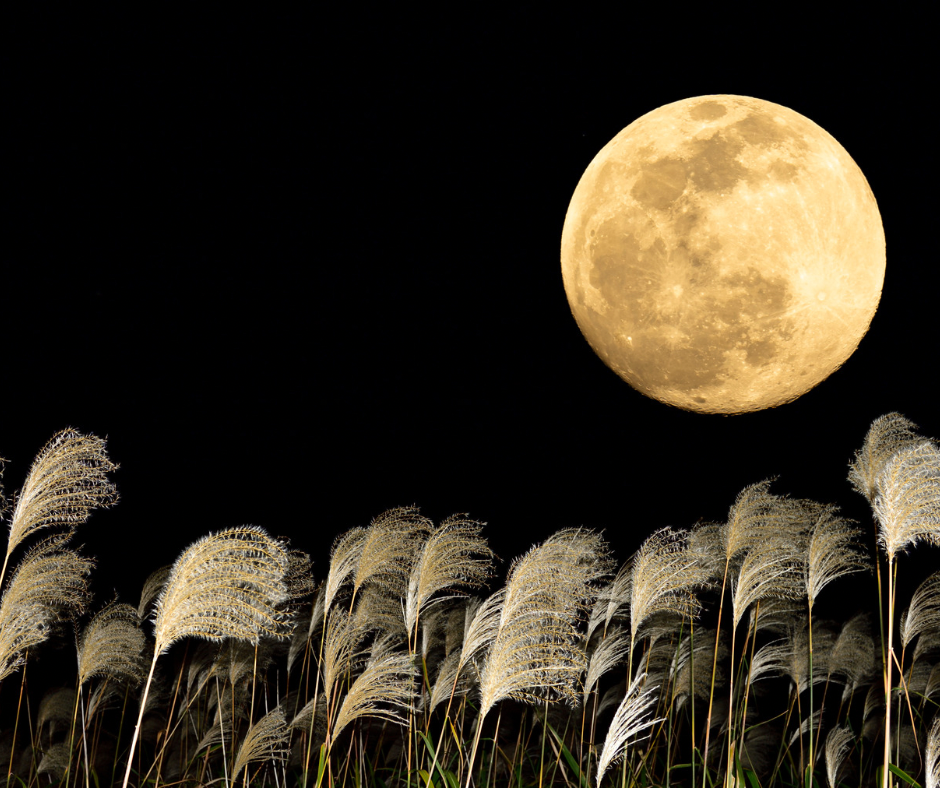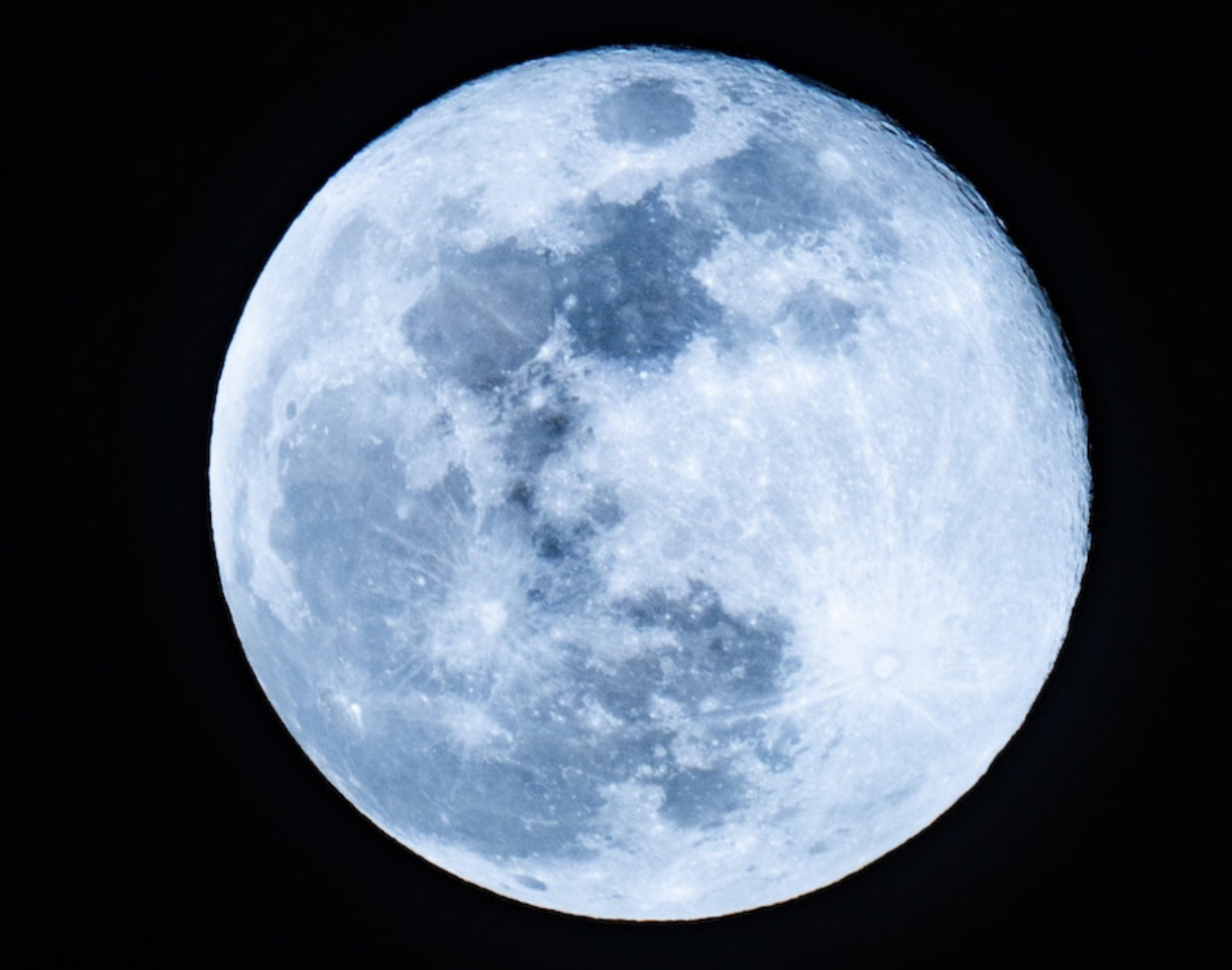Mississippi stargazers are in for a celestial treat this weekend as the annual Perseid meteor shower graces the night sky.
The Perseid meteor shower originates from a stream of debris known as the Perseid cloud. This cloud extends along the orbit of the comet Swift-Tuttle and is composed of particles that were expelled by the comet during its 133-year journey. Many of these particles have been part of the cloud for approximately a thousand years. However, there is also a relatively young filament of dust in the stream that separated from the comet in 1865. This filament can cause an early mini-peak in activity the day before the main meteor shower reaches its maximum intensity. The dimensions of the cloud near Earth are estimated to be around 0.1 astronomical units (AU) across and 0.8 AU along the Earth’s orbit. These dimensions are influenced by annual interactions with the Earth’s gravity.
The name is derived from the word Perseidai (Greek: Περσείδαι), the sons of Perseus in Greek mythology.
The Perseid meteor shower can be observed from mid-July each year, with the peak of activity occurring between August 9 and 14, varying slightly depending on the specific location of the stream. During the peak, the rate of meteors can reach 60 or more per hour. While the meteors can be seen across the entire sky, they are predominantly visible in the Northern Hemisphere due to the shower’s radiant point in the constellation of Perseus. The best time to observe the Perseids is typically in the pre-dawn hours when the Earth’s forward motion scoops up more meteoroids along its path through the stream. This corresponds to local times between midnight and noon. The accompanying diagram illustrates this phenomenon. Although many meteors occur between dawn and noon, they often go unnoticed due to daylight. However, some meteors can also be observed before midnight, producing long, bright trails and occasionally fireballs. The majority of Perseids disintegrate in the atmosphere at altitudes above 50 miles.
As the Perseids reach their peak, streaks of meteors will be visible across the northeastern sky. Lucky viewers might even catch a glimpse of a “fireball,” an exceptionally bright meteor that leaves a vibrant, colorful trail behind. It
For those seeking an engaging and educational activity for your kids, the Perseid meteor shower promises an unforgettable experience. It offers a chance to appreciate the magnificence of the night sky while gaining insights into the mysteries of the universe.
To fully experience the Perseids, experts recommend finding a dark location away from the bright lights of the city. By lying down on a blanket or lawn chair, viewers can comfortably gaze upward and prepare for a breathtaking spectacle. Patience is key, as it may take up to 30 minutes for the eyes to adjust to the darkness, but the wait is worth it. So allow your eyes ample time to adapt to the darkness, and direct your gaze towards the northeastern sky. Remember to be patient and have a wish ready for those shooting stars.

















